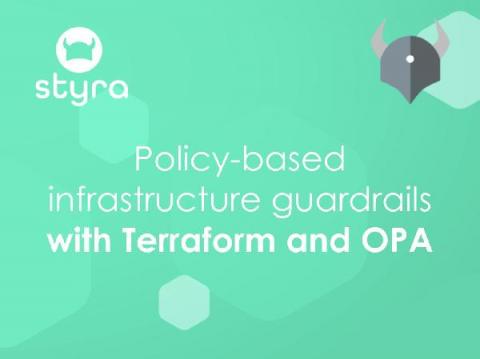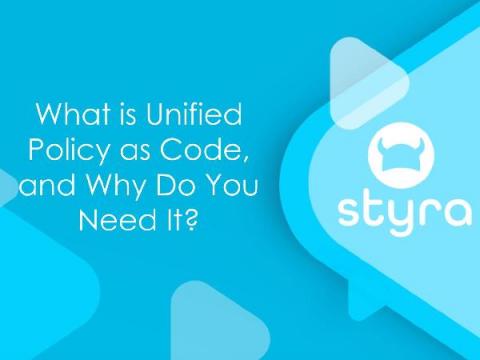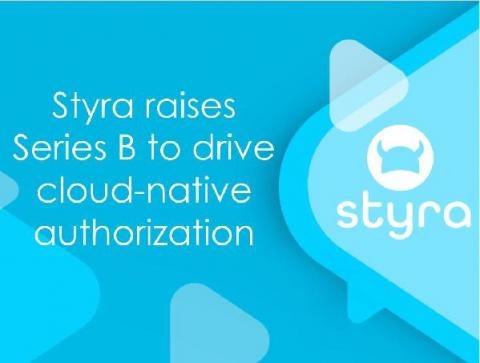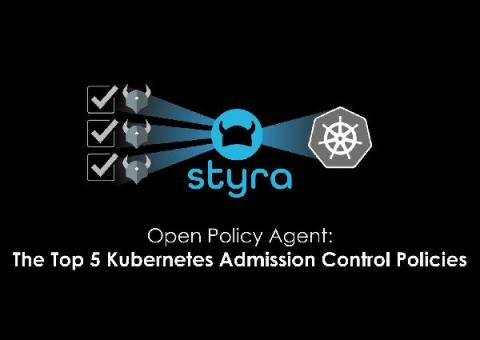Five things you didn't know about OPA
When introducing Open Policy Agent (OPA) to application developers and platform engineers, I normally end my presentation with a bulleted list detailing what I think are the best steps to take to start learning OPA and its declarative policy language, Rego.











